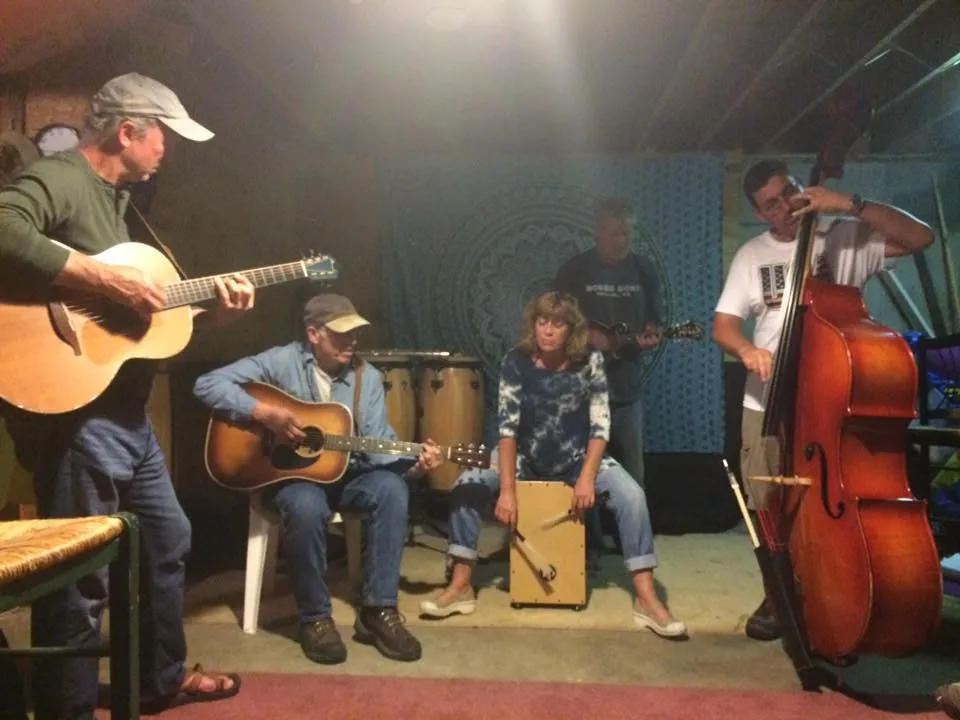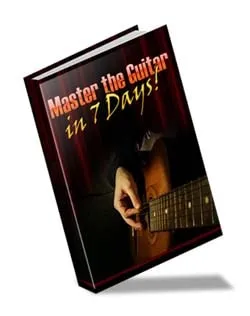I was lucky. I grew up in the 60’s and there were guitars everywhere; in the park, in the house, at work, in school, in concerts, at protests and it was like part of the air or something. Some of my earliest musical memories are of folk music gatherings called “hootenanniesâ€. Groups like Peter, Paul and Mary seemed so passionate and full of music that is was imprinted on my mind.
A Guide to Two-Guitar Jamming: Learning to Play Well with Others

The first time I dared to play alone at a jam I thought I would pass out or something!
I had been playing a rather long time without making a great deal of progress when a friend took me to a local jam. It was the best place ever; talented musicians, lots of women, plenty of beer and smiles.
Eventually I decided to step out of the shadows and share my song, “Blue Ridge Mountain Bluesâ€. To me it seemed as if everyone was so good that I was sure to make a fool of myself. Fortunately, I went ahead and played and sang for the first time in public. When I crashed, about halfway through the song, I stopped, looked around and discovered that nobody was offended or embarrassed or anything. So I picked up where I messed up and never looked back!
This was huge for me! I quickly discovered that the jam was the perfect complement to my practice at home. I decided to learn or “perfect†one song a week and share it at the jam. This was great because I knew a lot of songs partially, so it was not that hard to finish the process and “make them my ownâ€.
This Is How You Put It All Together To Play Well With Others
The Guitar Master Guide consists of 8 related segment and playing well with others is really what it is all about. All the technique, practice, theory, accessories, online guitar lessons, rhythm and improvisation come together in a meaningful way when you share your music.
Learning to play guitar well is a continual process of learning and doing, learning and doing. One part benefits from the other and gradually you become a better player and hopefully make better connections with other people in the process.
There are lots of ways to find other people to play with, unless you simply don’t have any people nearby! In my area, Vermont, there is so much quality music going on that it is sometimes hard to know what to choose!
Finding people to play with takes some effort, but it is so worth it. You can look on bulletin boards, ask at music stores, look on sites like Craig’s List or a local forum, google “guitar jams†in your area, look in the newspaper, ask around, check with churches, ask musicians, etc.
You may not find exactly what you are looking for, but go ahead and begin to participate. You will benefit anyway and soon begin to meet other like-minded guitarists. Who knows, you might even meet your future wife at a jam, like I did!
Once you find some people to play with, do your best to be a good friend and companion. Don’t just be a taker, but share in whatever way you can. This will breed goodwill and keep the good vibe going for you and everyone else.
It is also a good idea to learn some basic jam etiquette. This is really important. You will always find some people who trample on the rights of others, seemingly oblivious to the needs of the others. You don’t want to be like that!
ArtistWorks includes a free detailed video series on Jamming, by Michael Daves.




 Sign up to receive a free ebook: Master The Guitar in 7 days! (available for a limited period)
Sign up to receive a free ebook: Master The Guitar in 7 days! (available for a limited period)